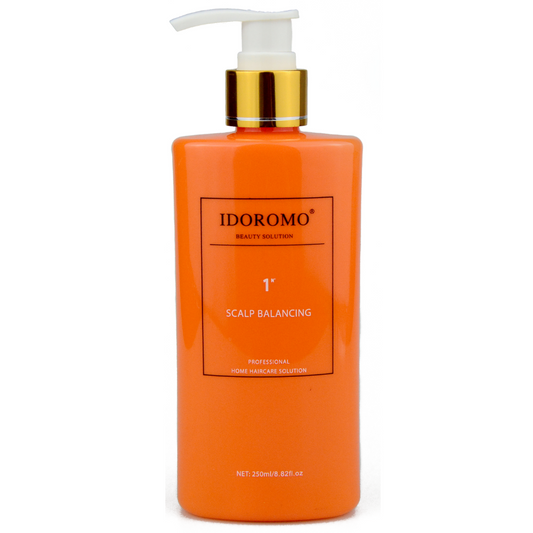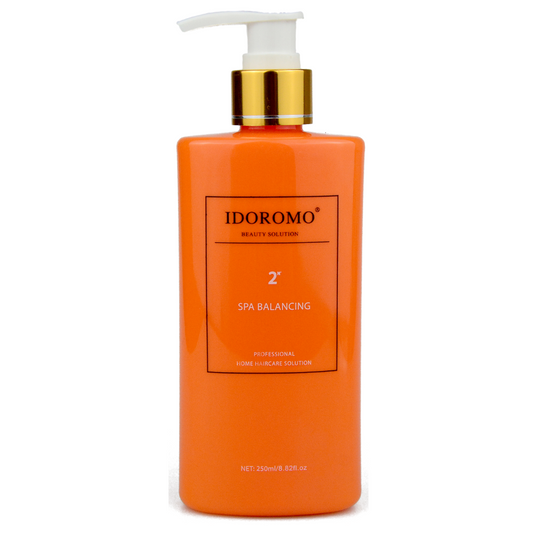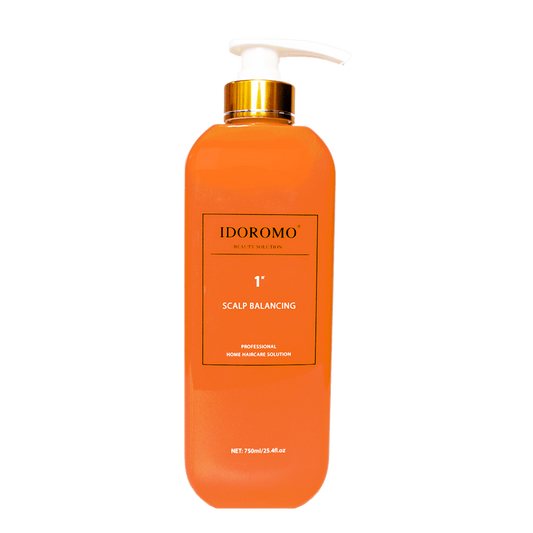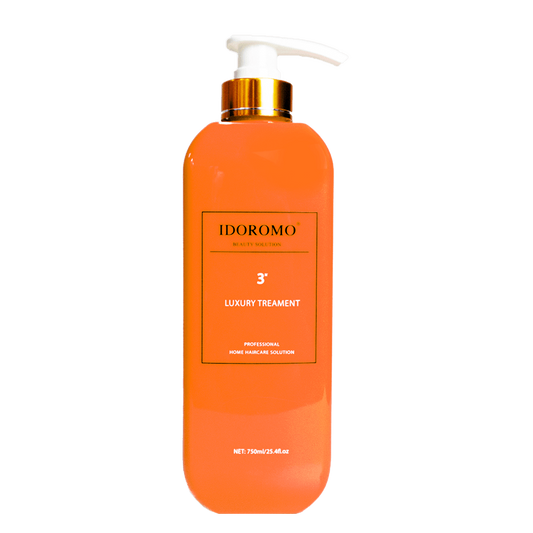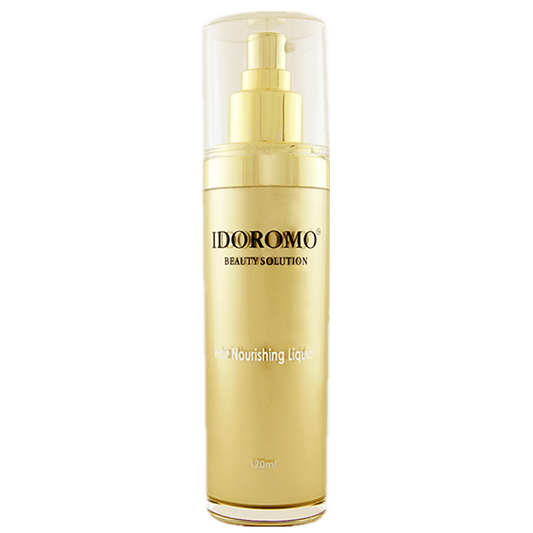What causes hair loss?
Hair loss in women
Hair loss can affect both men and women, but the causes and patterns of hair loss can be different for each gender. In women, hair loss is often a result of hormonal changes, aging, and genetics.
Other factors that can contribute to hair loss in women include stress, medical conditions such as thyroid problems or autoimmune diseases, and certain medications. Nutrient deficiencies, hairstyles that cause traction on the hair, and hair treatments such as chemical straightening or coloring can also result in hair loss in women. It is important for women experiencing hair loss to speak with a doctor to determine the underlying cause and discuss the best course of action.
Hair loss in men
Hair loss in men, also known as male pattern baldness, is a common condition that affects many men as they age. The most common cause of hair loss in men is a genetic condition called androgenetic alopecia, which is characterized by a receding hairline and hair thinning on the crown of the head.
Other factors that can contribute to hair loss in men include stress, hormonal changes, medications, and medical conditions such as thyroid disease or iron-deficiency anemia. Some lifestyle factors, such as poor nutrition, excessive alcohol consumption, and smoking, can also contribute to hair loss in men.
Hair Growth Treatments
There are several types of hair growth treatments available, including:
-
Medications: Minoxidil and finasteride are FDA-approved medications that can help with hair growth.
-
Topical treatments: There are a variety of topical treatments available, including shampoos, conditioners, and serums that are designed to promote hair growth.
-
Surgery: Hair transplantation surgery can help to restore hair growth in areas where hair has thinned or receded.
-
Low-level laser therapy (LLLT): LLLT is a non-invasive treatment that uses low levels of laser light to stimulate hair growth.
-
Platelet-rich plasma (PRP) therapy: PRP therapy involves injecting a patient's own plasma, which is rich in growth factors, into the scalp to promote hair growth.
-
Microneedling: Microneedling is a minimally invasive procedure that uses tiny needles to create micro-injuries in the scalp, which can stimulate hair growth.
-
Hormonal therapy: Hormonal imbalances can sometimes contribute to hair loss, and hormonal therapy may be recommended to restore the balance and promote hair growth.
These are just some examples of the types of hair growth treatments that are available, and the best option for an individual will depend on the specific cause of their hair loss and other factors.
Hair loss prevention
There are several steps you can take to help prevent hair loss:
-
Maintain a healthy diet: A diet rich in vitamins, minerals, and protein can help prevent hair loss. Foods such as leafy greens, nuts, and seafood can provide the nutrients your hair needs to stay strong and healthy.
-
Reduce stress: Stress can cause hair loss, so it's important to find ways to manage stress in your life. This can include practicing relaxation techniques, such as deep breathing or meditation.
-
Avoid harsh hair treatments: Overuse of hair styling products, such as dyes and heat styling tools, can damage your hair and lead to hair loss.
-
Manage medical conditions: Some medical conditions, such as thyroid disorders or anemia, can cause hair loss. If you have a medical condition, it's important to manage it effectively to help prevent hair loss.
-
Protect your scalp: Wearing a hat or using a scarf to protect your scalp from the sun can help prevent hair loss caused by sun damage.
-
Get enough sleep: Lack of sleep can contribute to stress, which can in turn lead to hair loss. Try to get 7-9 hours of sleep per night to help prevent hair loss.
-
Avoid tight hairstyles: Hairstyles that pull on your hair, such as tight braids or cornrows, can damage your hair and lead to hair loss. Try to avoid tight hairstyles, or limit the time you wear them.
Remember, not all hair loss is preventable, and some hair loss is a natural part of aging. If you're concerned about hair loss, it's important to talk to your doctor to determine the underlying cause and determine the best course of action for you.
Do you want to try the Ido-Helmet hair growth device? Click here to learn more.



